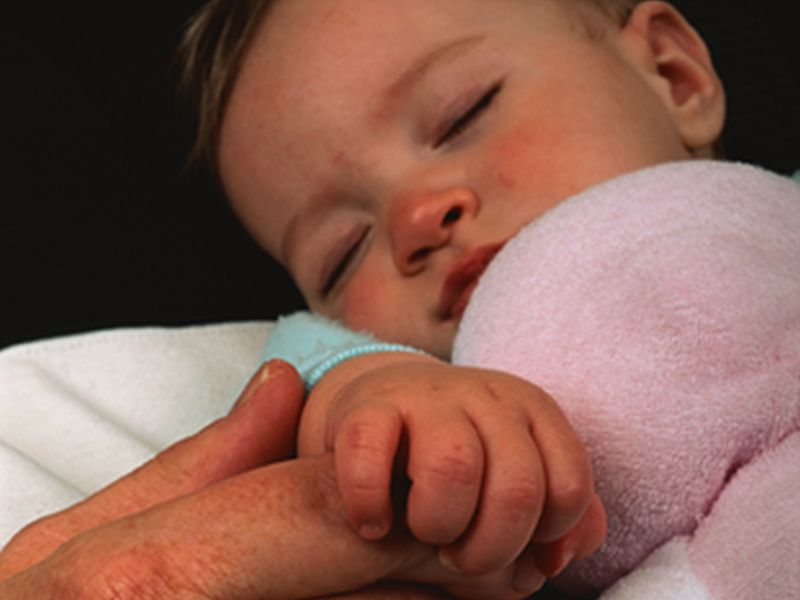Recent News

Respiratory Virus Lurks as Wintertime Worry
Published 01/07/2018SUNDAY, Jan. 7, 2018 (HealthDay News) -- A common respiratory virus that circulates in winter can pose a serious threat to children, an expert warns.
Respiratory syncytial virus (RSV) "is the most important respiratory virus of infants and young children," said Dr. Pedro Piedra, a professor of pe...

How to Spot a Common, Potentially Dangerous, Childhood Illness Respiratory syncytial virus (RSV) is similar to a cold but can lead to complications that include pneumonia
WEDNESDAY, Jan. 11, 2017 (HealthDay News) -- Nearly all children get respiratory syncytial virus (RSV) by age 2. But just bec...